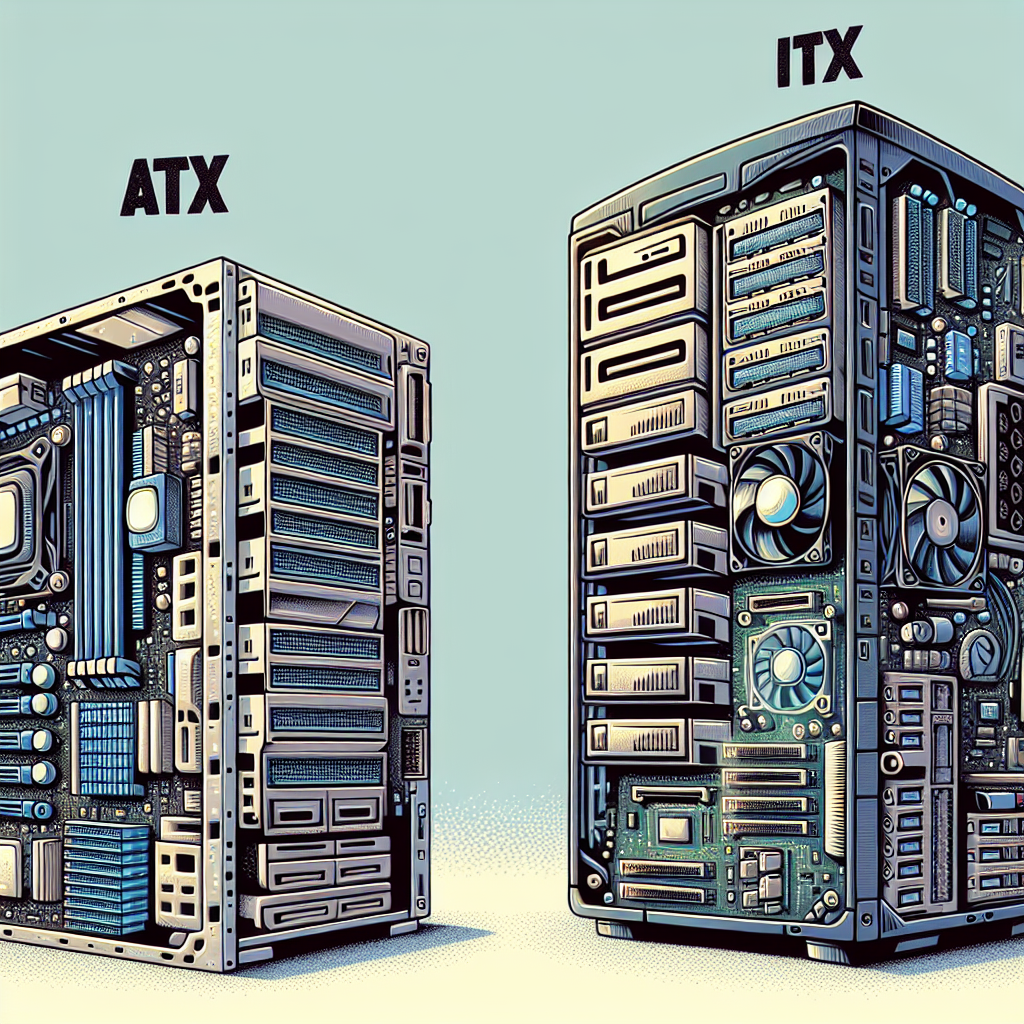When it comes to building a computer, one of the most important decisions to make is choosing the right form factor for your hardware. The form factor of a computer refers to the size and shape of its components, including the motherboard, power supply, and cooling system. There are several different form factors available, each with its own pros and cons. In this article, we will take a closer look at two popular form factors: ATX and ITX.
ATX (Advanced Technology Extended) is one of the most common form factors used in desktop computers. It was introduced by Intel in the mid-1990s and has since become the standard for many PC builders. ATX motherboards are larger in size compared to other form factors, allowing for more expansion slots and ports. This makes them ideal for users who need to add multiple graphics cards, storage drives, or other peripherals to their system. ATX cases are also typically larger, providing more room for airflow and better cooling options.
On the other hand, ITX (Mini-ITX) is a smaller form factor designed for compact and portable computers. ITX motherboards are significantly smaller than ATX boards, often measuring just 6.7 x 6.7 inches. This compact size makes ITX systems perfect for users who want a powerful computer that doesn’t take up a lot of space. ITX cases are also smaller and more lightweight, making them ideal for LAN parties, gaming on the go, or simply saving space on your desk.
While both ATX and ITX form factors have their advantages, they also come with their own set of limitations. ATX systems can be more expensive due to their larger size and the need for more components, such as a larger power supply and cooling system. ITX systems, on the other hand, may have limited expansion options and can be more difficult to build due to their smaller size and cramped layout.
Ultimately, the best form factor for your computer will depend on your specific needs and preferences. If you require a high-performance system with multiple expansion options, an ATX build may be the way to go. However, if you value portability and space-saving features, an ITX build may be more suitable. Whichever form factor you choose, be sure to do your research and carefully consider your requirements before making a decision.

Leave a Reply
You must be logged in to post a comment.